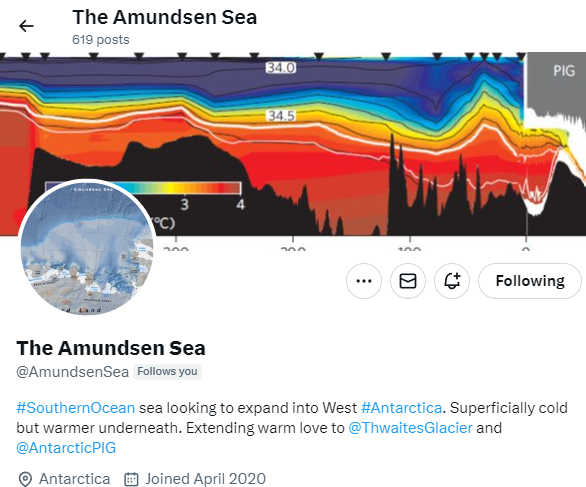Glaciers and ice have long been the poster children for climate change. But the way we discuss the natural environment and its evolving landscape has changed over the decades, with shifting cultural concepts and increased technology use.
Social media, in particular, has provided a creative format for expressing ideas surrounding environmental personhood. Discussions of personhood—the quality of being a person or individual—have pervaded the environmental movement and increasingly become a topic of conversation in legal discourse.
While Indigenous groups have granted nature rights since time immemorial, U.S. scholars started to argue for the legal rights of nature in the 1970s. In Dr. Seuss’ beloved book “The Lorax,” the character of the Lorax famously declares, “I speak for the trees,” publicizing the notion that nature should have its own say.
However, the same phrase also demonstrates that nature cannot speak for itself. The cryosphere, which contains all the ice on our planet, has a powerful influence on climate crisis discussions because it is at serious risk of destruction.
What if the environment could speak for itself? What if we had glaciers telling stories, ice sheets cracking jokes or polar seas speaking their mind? What impact could environmental personhood have?
Some users on the social media platform X (previously known as Twitter) have taken matters into their own hands and brought the cryosphere to life: From Washington State’s infamous Mt. St. Helens to the polar Amundsen Sea, parody accounts are popping up and personifying nature.
In a recent interview with GlacierHub, the creator of @AmundsenSea on X, who wishes to remain anonymous, shared their inspiration behind starting their parody account. “I started around four years ago, partly as a bit of fun, but also in the hope that it might be useful for science communication,” the account holder explained.
Many of the parodies seem to take a lighthearted approach, using retweets accompanied with quips and tongue-in-cheek comments to draw users’ attention to their exaggerated caricatures of the environment. But the accounts may be getting something deeper across.
“The benefit of parody is for a layman’s audience that might not be familiar with this certain topic; it’s an easy connection to make,” says Laurel Zaima, the assistant director of K12 and Continuing Education at Columbia Climate School, in an interview with GlacierHub.
Parodies create an opportunity for people and places across the world to connect on serious discussions about the changing environment through the lens of humor in a way that doom-and-gloom lecturing cannot. Humans may not understand the songs of glaciers, but their disappearance speaks volumes.






